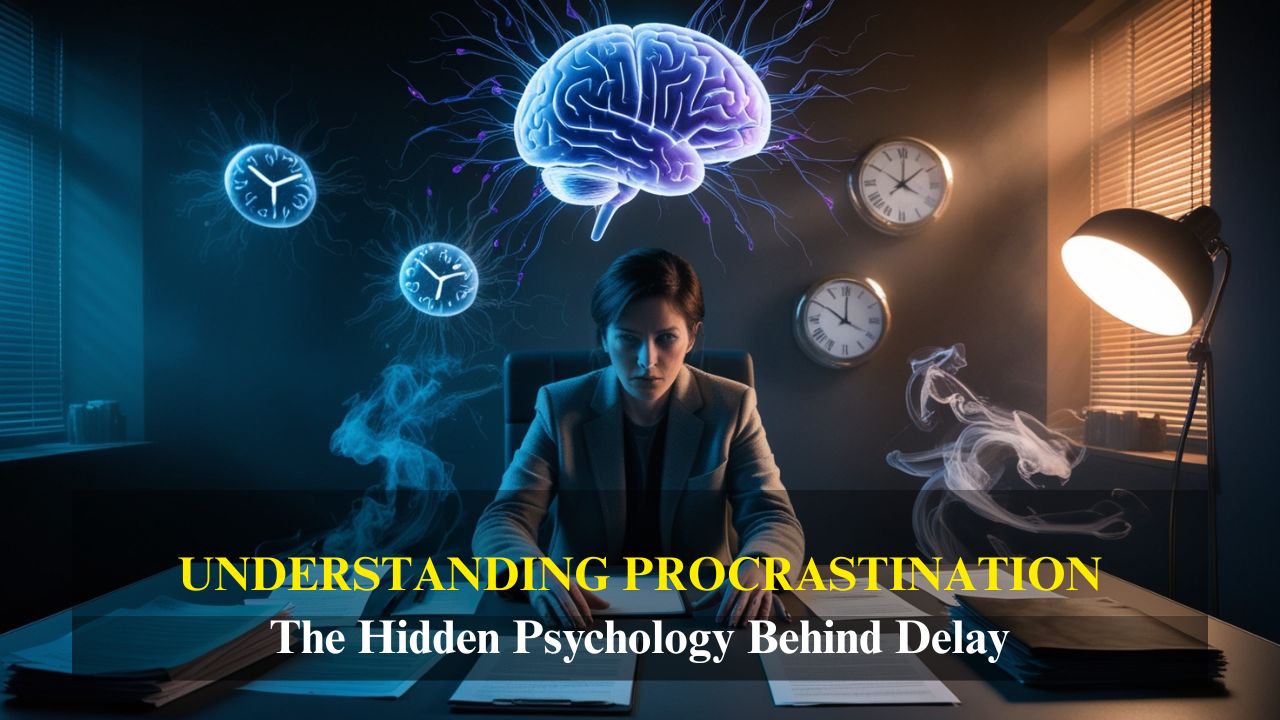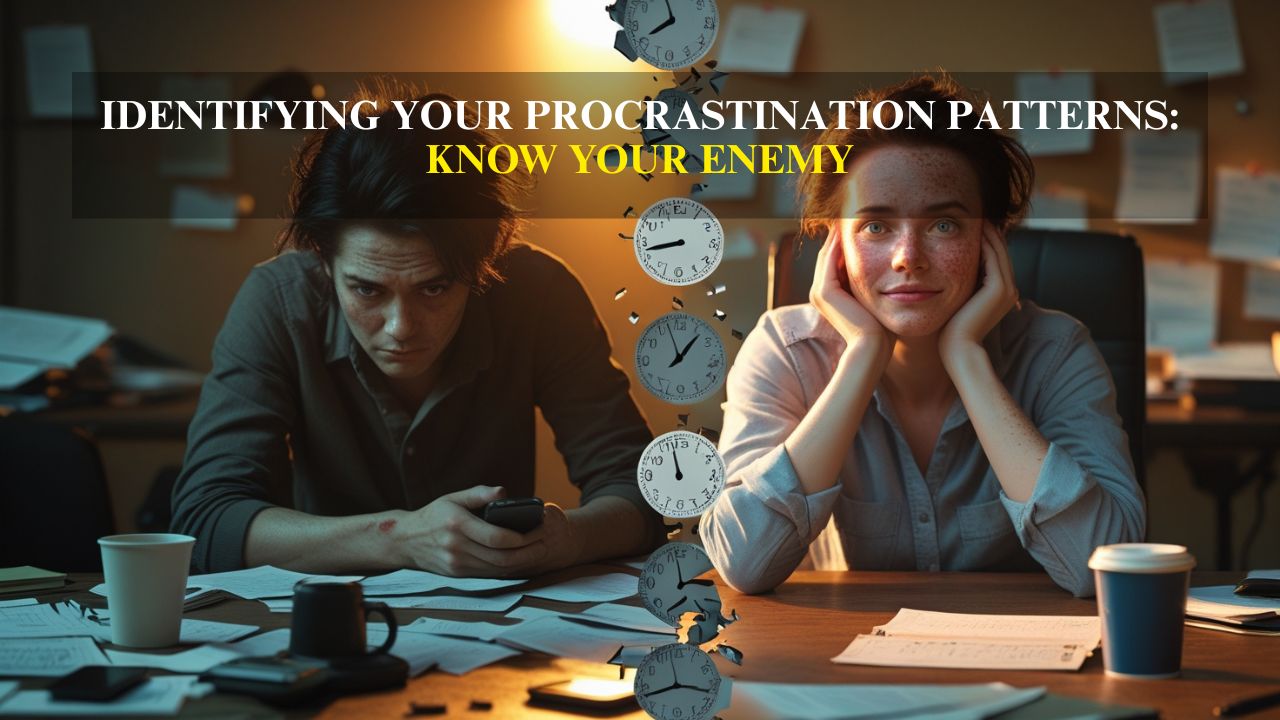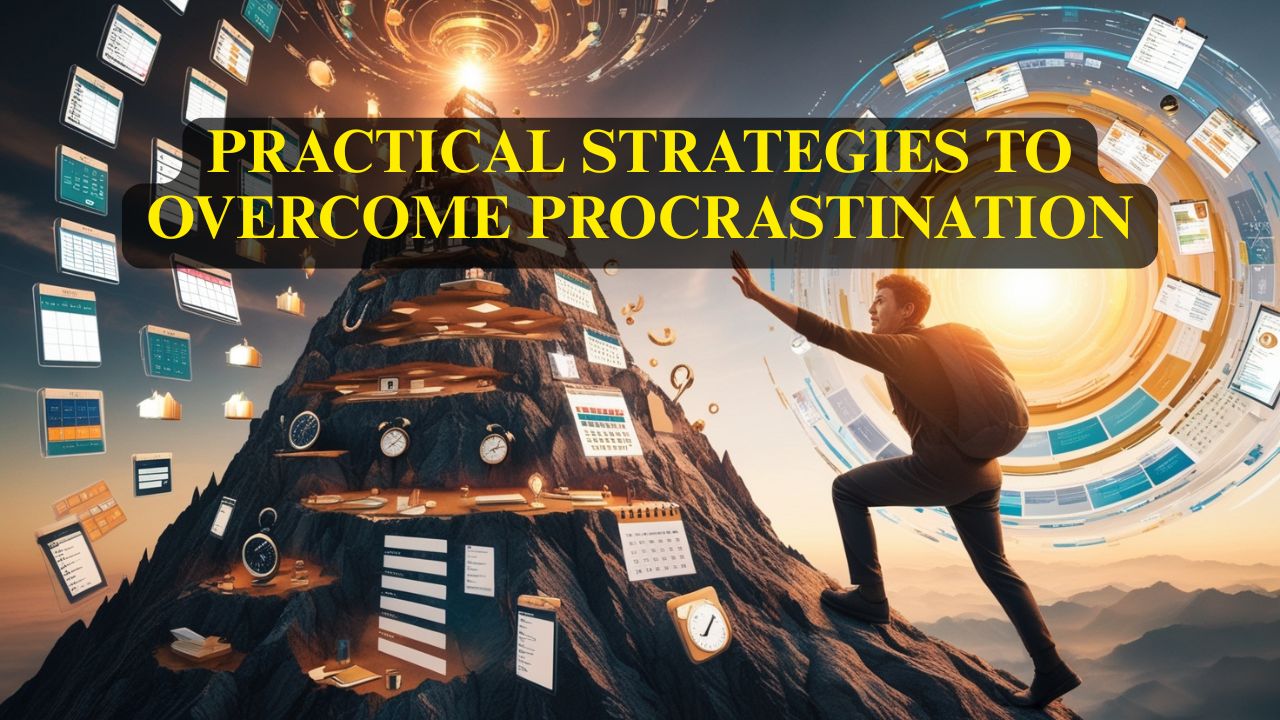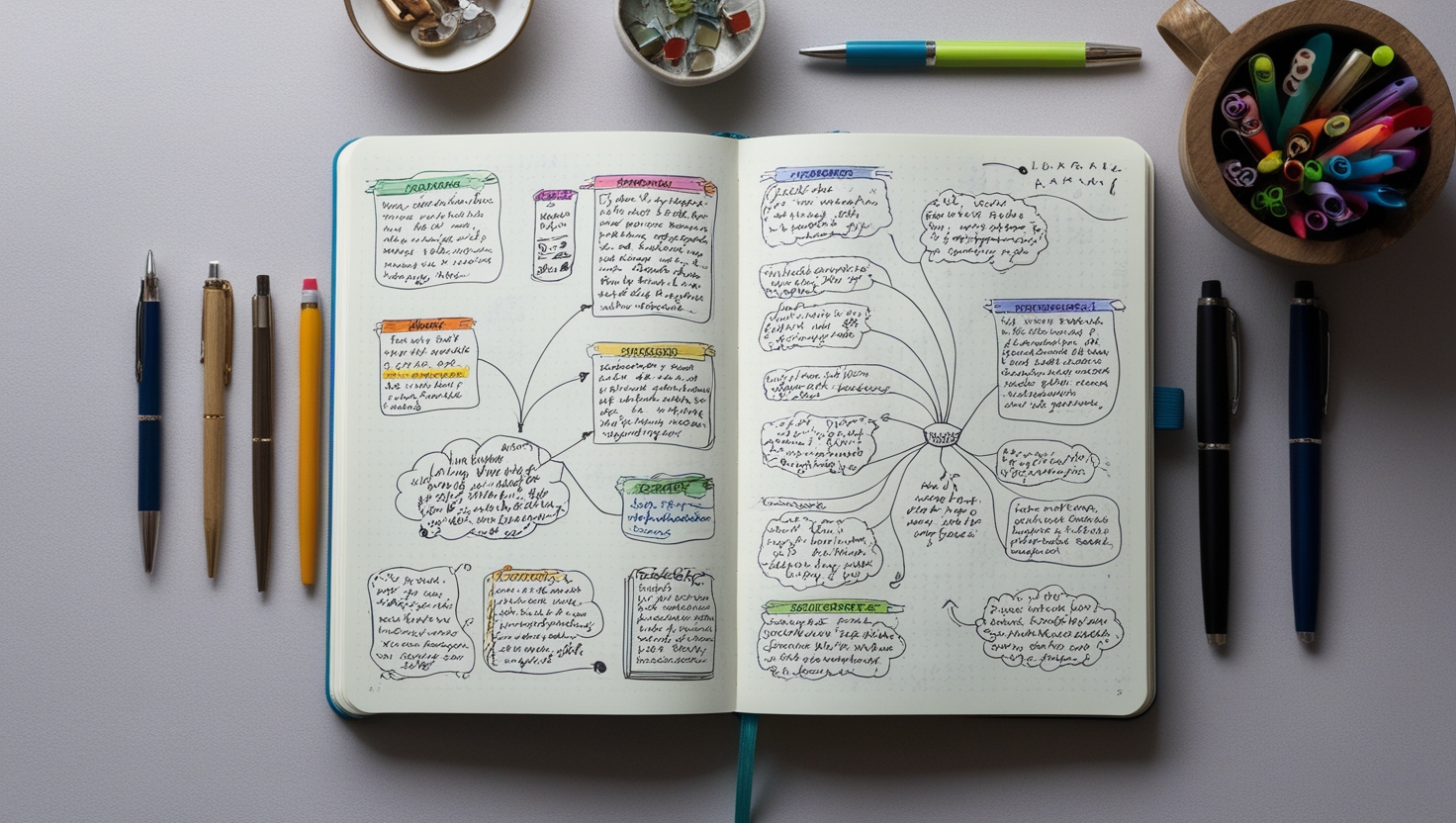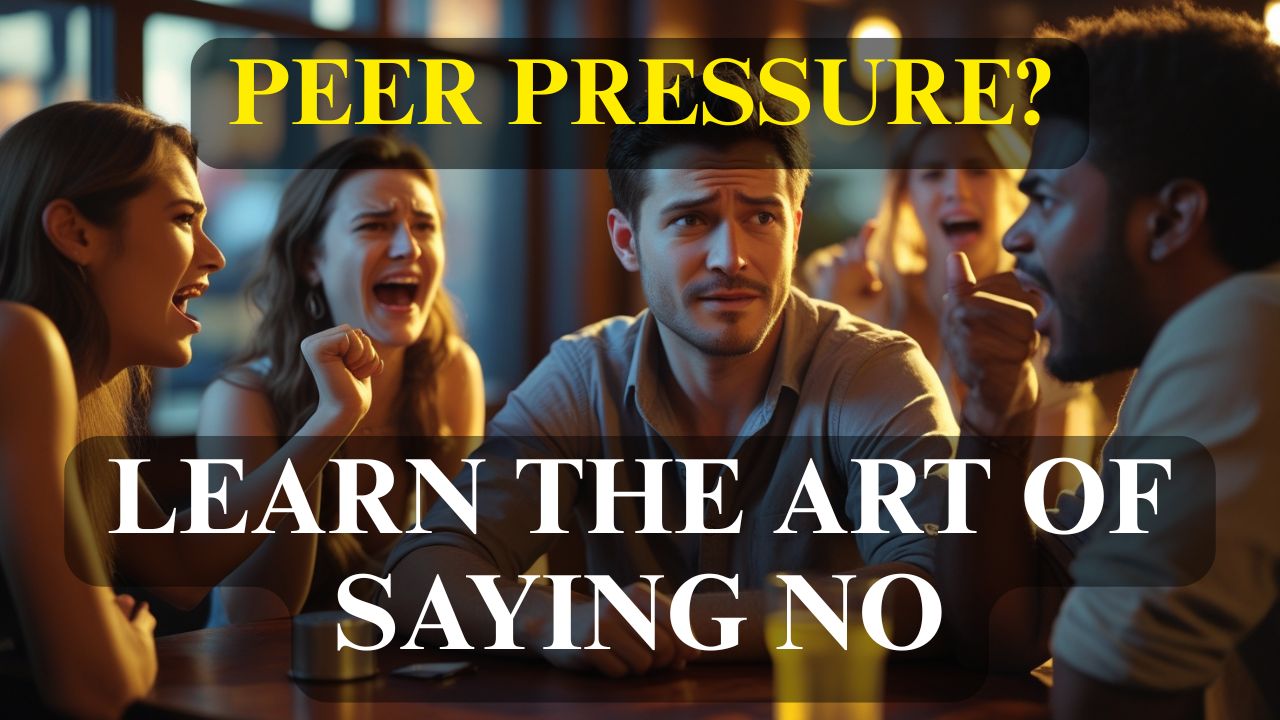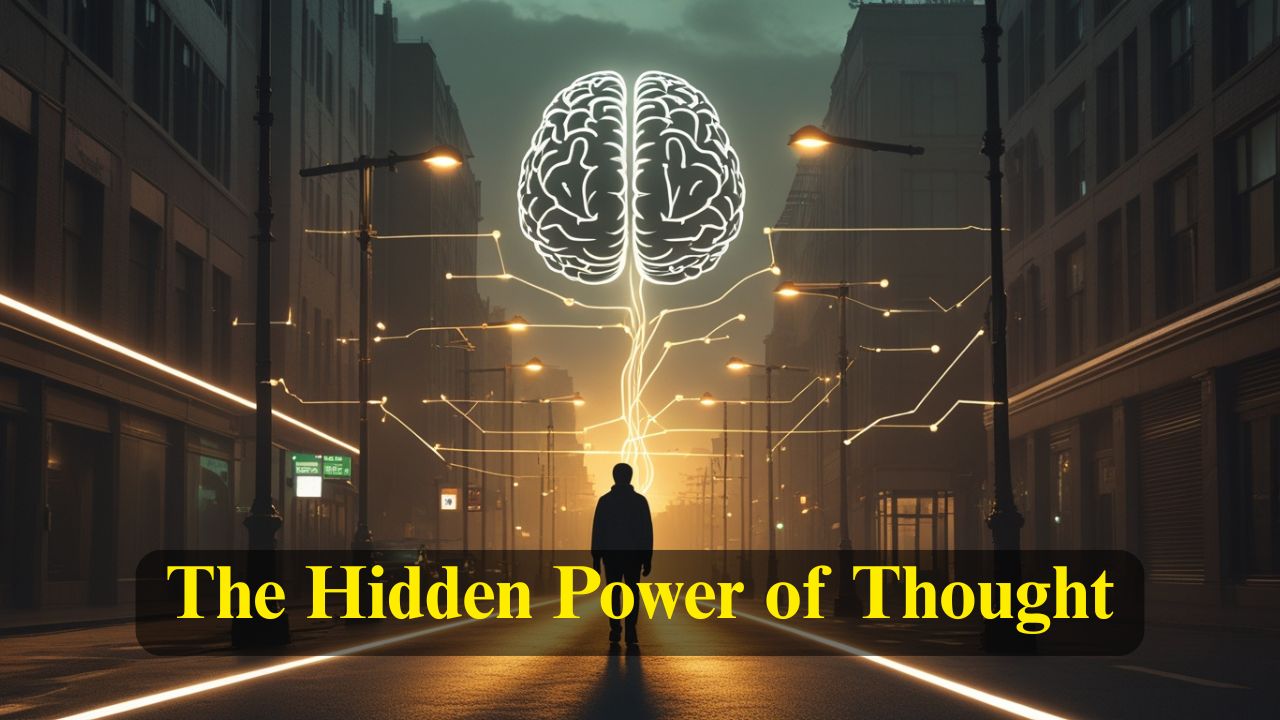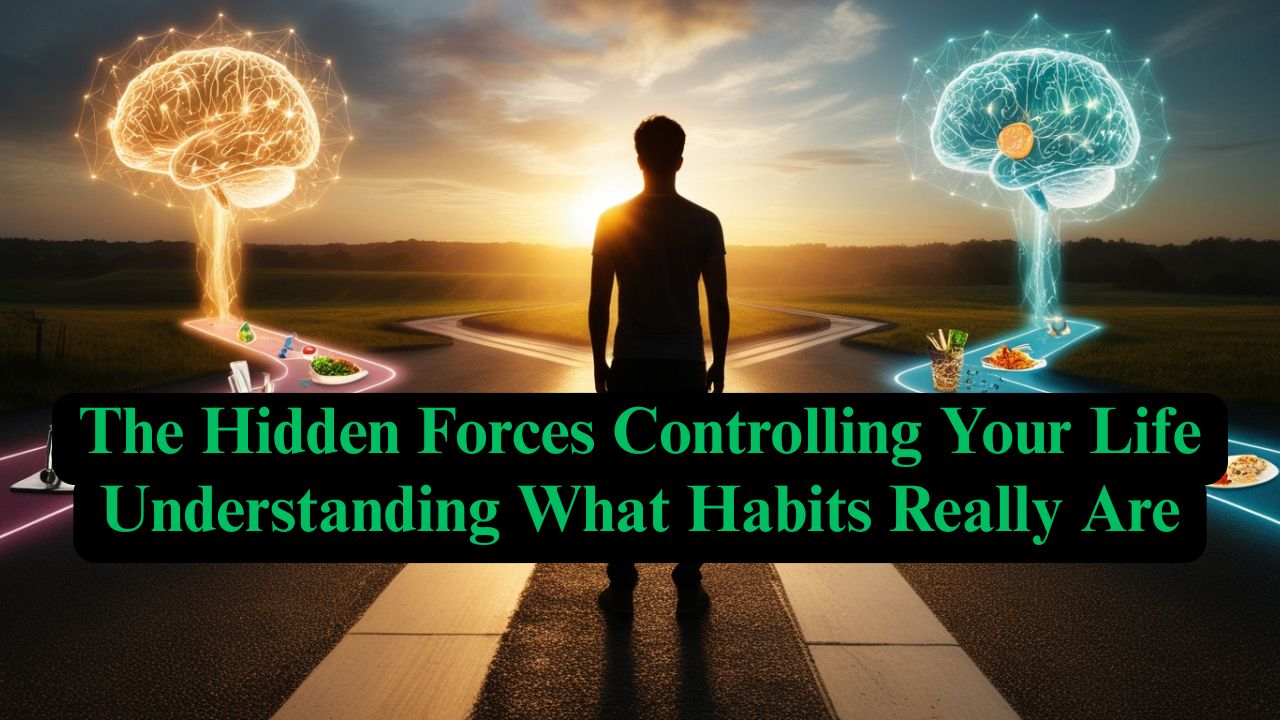Your Emotional Thermostat: Managing Your Inner Climate
Picture this: You wake up feeling great, ready to tackle the day. Then you check your email and see a terse message from your boss asking to "discuss your project." Instantly, your stomach drops. Your mind starts racing with worst-case scenarios. By the time you get to work, you're completely stressed out - all because of a five-word email that might have been perfectly innocent.
Sound familiar? We've all been there. One moment we're fine, the next we're hijacked by our emotions, wondering how we went from calm to chaos so quickly.
Here's the thing: you actually have more control over your emotional state than you might think. Your emotions aren't random events that happen to you - they're part of a system that you can learn to understand and influence. Think of it like having an emotional thermostat that you can adjust.
Understanding How Emotions Actually Work
Most of us have some pretty mixed-up ideas about emotions. We think they're either good or bad. We believe we should always stay positive. We try to logic our way out of feelings or pretend they don't exist. But emotions are actually much simpler and more useful than we make them out to be.
At their core, emotions are information. They're your internal guidance system, constantly scanning your environment and giving you feedback about what's happening. Fear tells you there might be danger. Anger signals that a boundary has been crossed. Sadness helps you process loss. Joy indicates that something aligns with your values.
The problem isn't having emotions - it's not knowing how to work with them effectively. Most of us never learned the basic operating instructions for our emotional system. We're like someone trying to drive a car without understanding what the dashboard lights mean.
Let's break down what actually happens when you feel an emotion. Something triggers you - maybe that email from your boss. Your brain instantly evaluates whether this is good news or bad news based on your past experiences and current concerns. If it seems threatening, your nervous system kicks into high gear, flooding your body with stress hormones. Your heart rate increases, your muscles tense, your breathing becomes shallow.
This all happens in milliseconds, before your rational mind even knows what's going on. By the time you're consciously aware of feeling stressed, your body is already fully activated. This is why emotions can feel so overwhelming - they literally change your body chemistry.
But here's the crucial part: while you can't control that initial emotional reaction, you have enormous influence over what happens next. You can learn to work with your emotions instead of being controlled by them.
Why Suppressing Feelings Backfires
When we feel something uncomfortable, our first instinct is often to make it go away. We tell ourselves to "think positive," distract ourselves with busyness, or simply try to ignore what we're feeling. This seems logical - if emotions are the problem, then getting rid of them should be the solution, right?
Wrong. Suppressing emotions is like trying to hold a beach ball underwater. It takes enormous effort, and eventually, it's going to pop back up with even more force.
Here's what actually happens when you try to suppress an emotion: your brain has to work overtime to monitor and control your internal state. This uses up mental energy that could be going toward more productive things. Meanwhile, the emotion doesn't actually disappear - it goes underground, where it continues to influence your thoughts and behaviors in ways you might not even notice.
People who habitually suppress emotions often find themselves feeling anxious, depressed, or emotionally numb. They might have physical symptoms like headaches, digestive issues, or chronic tension. They may struggle in relationships because they have difficulty connecting with their own feelings, let alone understanding others'.
Research shows that people who try to suppress their emotions actually experience them more intensely and for longer periods. It's like the emotional equivalent of not letting a pot boil - the pressure just keeps building until something has to give.
The alternative isn't to let your emotions run wild or to become an emotional drama queen. It's to develop what we might call emotional intelligence - the ability to feel your feelings without being overwhelmed by them.
The STOP Technique for Emotional Regulation
When you notice you're getting emotionally activated, try this simple four-step process. It's designed to help you work with your emotions instead of against them.
S - Stop and Notice The moment you realize you're feeling something strong, pause whatever you're doing. Don't try to push through or ignore it. Simply acknowledge that an emotion is present. You might say to yourself, "I notice I'm feeling something right now."
This first step is crucial because it interrupts the automatic reaction cycle. Instead of immediately acting on the emotion, you're creating a small space of awareness. Remember that inner observer we talked about? This is when you call it into action.
T - Take a Breath Literally take a slow, deep breath. This isn't just touchy-feely advice - it's based on solid science. When you're emotionally activated, your breathing becomes shallow and rapid, which keeps your nervous system in high alert mode. Deliberately slowing your breath sends a signal to your brain that you're safe.
Try breathing in for four counts, holding for four, and exhaling for six. The longer exhale is key because it activates your parasympathetic nervous system - your body's natural relaxation response. You don't need to do this for ten minutes. Even two or three conscious breaths can shift your state.
O - Observe What's Happening Now get curious about what you're experiencing. Where do you feel the emotion in your body? What thoughts are running through your mind? What might have triggered this reaction?
Be like a scientist studying an interesting phenomenon. Instead of judging the emotion as good or bad, simply gather information. You might notice: "My chest feels tight. I'm having thoughts about being criticized. I think this started when I read that email."
This step of observation is where the magic happens. When you can observe your emotions with curiosity instead of being consumed by them, they lose their power to control you. You're no longer the emotion - you're the person experiencing the emotion. That's a very different position to be in.
P - Pick Your Response Only after you've stopped, breathed, and observed should you decide how to respond. Now you have choices that weren't available when you were in pure reaction mode.
You might choose to address the situation directly: "I'm going to ask my boss for clarification about that email." You might decide to wait: "I'm going to sit with this feeling for a bit before I do anything." You might take care of your physical state: "I'm going to go for a walk to help my nervous system settle down."
The key is that you're choosing your response based on what's actually happening and what you actually want, not just reacting automatically to make the uncomfortable feeling go away.
Building Emotional Resilience Over Time
Learning to manage your emotions in the moment is important, but the real goal is building long-term emotional resilience - the ability to handle life's ups and downs without getting completely thrown off course.
Think of emotional resilience like physical fitness. You don't get strong by lifting weights once. You build strength through consistent practice over time. The same is true for emotional strength.
Daily Emotional Check-Ins Make it a habit to check in with your emotional state throughout the day. This doesn't have to be complicated - just a quick internal scan. How are you feeling right now? What emotions have you noticed today? Are there any patterns you're starting to see?
This regular practice helps you catch emotions early, before they build up into something overwhelming. It's much easier to deal with mild frustration than to wait until you're furious. It's simpler to address sadness when it first appears than to wait until you're deeply depressed.
Understanding Your Emotional Patterns As you pay more attention to your emotions, you'll start to notice patterns. Maybe you always feel anxious on Sunday evenings. Perhaps you get irritable when you're hungry or tired. You might find that certain types of conversations consistently drain your energy.
This information is incredibly valuable. Once you know your patterns, you can start to prepare for them or even prevent them. If you know Sunday evenings are hard, you can plan something comforting for that time. If you know hunger makes you cranky, you can make sure to eat regularly.
Building Your Emotional Vocabulary Most of us have a pretty limited emotional vocabulary. We're happy, sad, mad, or fine. But emotions are much more nuanced than that. Learning to identify specific emotions helps you respond to them more effectively.
Instead of just "feeling bad," you might notice you're disappointed, frustrated, overwhelmed, or lonely. Each of these emotions gives you different information and might call for a different response. Disappointment might need grieving and adjustment. Frustration might need problem-solving. Overwhelm might need prioritizing and simplifying. Loneliness might need connection.
Creating Emotional Support Systems You don't have to manage your emotions all by yourself. Having people you can talk to about what you're experiencing is crucial for emotional health. This might be friends, family members, a therapist, or a support group.
The key is finding people who can listen without immediately trying to fix you or tell you how you should feel. Sometimes you just need someone to say, "That sounds really hard" or "I can understand why you'd feel that way."
Developing Healthy Emotional Outlets Emotions are energy that needs to move through your system. If you don't give them healthy ways to express themselves, they'll find unhealthy ones.
Physical movement is one of the best ways to process emotions. Going for a walk, dancing, doing yoga, or even just stretching can help emotions move through your body instead of getting stuck. Creative activities like writing, drawing, or music can also be powerful outlets.
The goal isn't to get rid of emotions but to give them appropriate expression so they don't build up and cause problems later.
Working With Specific Emotions
Different emotions serve different purposes and may need different approaches. Let's look at some of the most common ones:
Anger Anger often gets a bad rap, but it's actually a valuable emotion. It tells you that something important to you has been threatened or violated. The problem isn't feeling angry - it's what we do with the anger.
When you notice anger arising, first acknowledge it: "I'm feeling angry right now." Then get curious: "What boundary has been crossed? What's important to me that feels threatened?" Often, underneath anger is hurt, fear, or frustration about not being heard or valued.
Instead of expressing anger destructively or suppressing it completely, look for the message it's bringing you. Maybe you need to have a difficult conversation. Maybe you need to set a boundary. Maybe you need to stand up for something important to you.
Anxiety Anxiety is your mind's way of trying to prepare for future threats. It's scanning for everything that could go wrong and trying to plan for it. While this can be useful in small doses, chronic anxiety can be overwhelming.
When anxiety shows up, remember that it's based on possible futures, not current reality. Ground yourself in the present moment by focusing on what you can see, hear, smell, or touch right now. Ask yourself: "What's actually happening right now, in this moment?"
Often, anxiety is trying to get you to problem-solve something. If there's a real problem you can address, make a plan and take action. If you're worrying about something you can't control, practice accepting uncertainty as a normal part of life.
Sadness Sadness helps you process loss and change. It's your emotional system's way of grieving what was so you can eventually move forward. Trying to rush through sadness or avoid it altogether often prolongs it.
When sadness arises, give it space. It's okay to feel sad sometimes. Let yourself cry if you need to. Talk to someone who cares about you. Be gentle with yourself, like you would with a good friend who was going through a hard time.
Joy and Excitement Even positive emotions can sometimes feel overwhelming or uncomfortable, especially if you're not used to feeling good. Some people actually feel guilty about being happy or worry that it won't last.
When you notice joy or excitement, practice staying present with it instead of immediately thinking about when it will end. Let yourself fully experience positive emotions - they're just as important to your emotional health as processing difficult ones.
Your Emotional Climate Over Time
Just like the weather, your emotional state will vary from day to day. Some days will be sunny and clear. Others will be stormy or overcast. The goal isn't to have perfect weather all the time - it's to develop the skills to handle whatever weather shows up.
As you practice working with your emotions more skillfully, you'll notice that you become less reactive to external circumstances. Things that used to completely derail you might still affect you, but they won't knock you off course for as long. You'll develop confidence in your ability to handle whatever emotions arise.
You'll also start to notice that your overall emotional climate becomes more stable. Instead of wild swings from high to low, you'll experience a greater sense of equilibrium. This doesn't mean you become emotionally flat - you still feel the full range of human emotions. But you're no longer at their mercy.
Remember: This Is About Progress, Not Perfection
Learning to manage your emotional thermostat is a lifelong practice. You're not trying to become someone who never gets upset or always stays calm. You're simply developing the skills to work with your emotions more effectively.
Some days you'll handle challenging emotions with grace and wisdom. Other days you'll get completely hijacked and wonder what happened to all your emotional intelligence. Both are normal parts of the learning process.
Be patient with yourself as you develop these skills. Every time you pause to notice what you're feeling, every time you take a breath before reacting, every time you get curious about your emotions instead of fighting them, you're building your emotional resilience.
Your emotions are not your enemy - they're your internal guidance system. Learning to read and respond to them skillfully is one of the most valuable life skills you can develop. It affects your relationships, your work, your health, and your overall sense of well-being.
So the next time you feel your emotional temperature rising, remember: you have a thermostat. You can learn to adjust it. With practice, you can create the inner climate that supports the life you want to live.
- Audio Articles
- Audio Articles 1
- Audio Articles 2
- Audio Articles 3
- Audio Articles 4
- Rise And Conquer
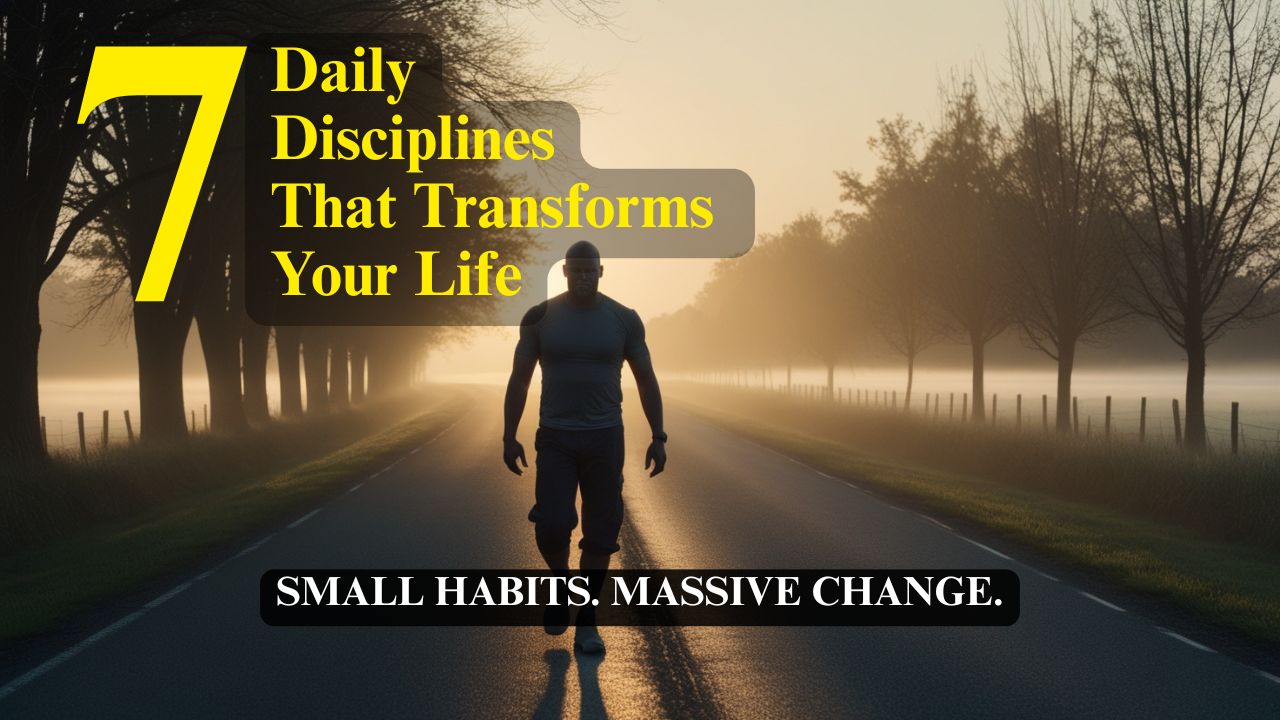
7 Daily Disciplines That Transform Your Life
The power to act with intention, to align your actions with your values, and to move steadily toward a life of purpose—even on days you don't feel like it.
Read Full Article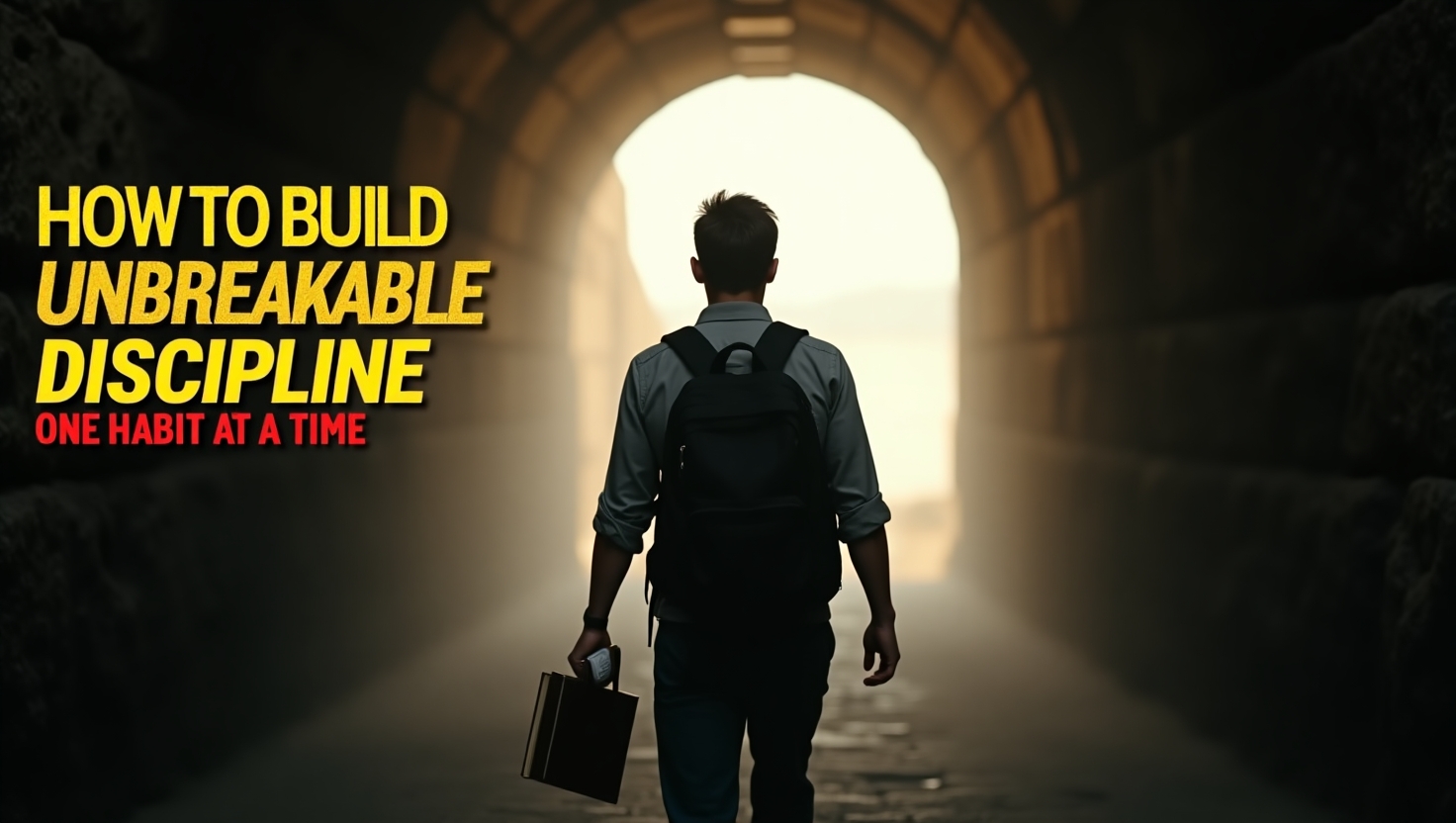
How to Build Unbreakable Discipline
Discipline is built—habit by habit, choice by choice, day by day. And the most powerful kind? The kind that doesn’t crack under pressure. The kind that becomes part of who you are.
Read Full Article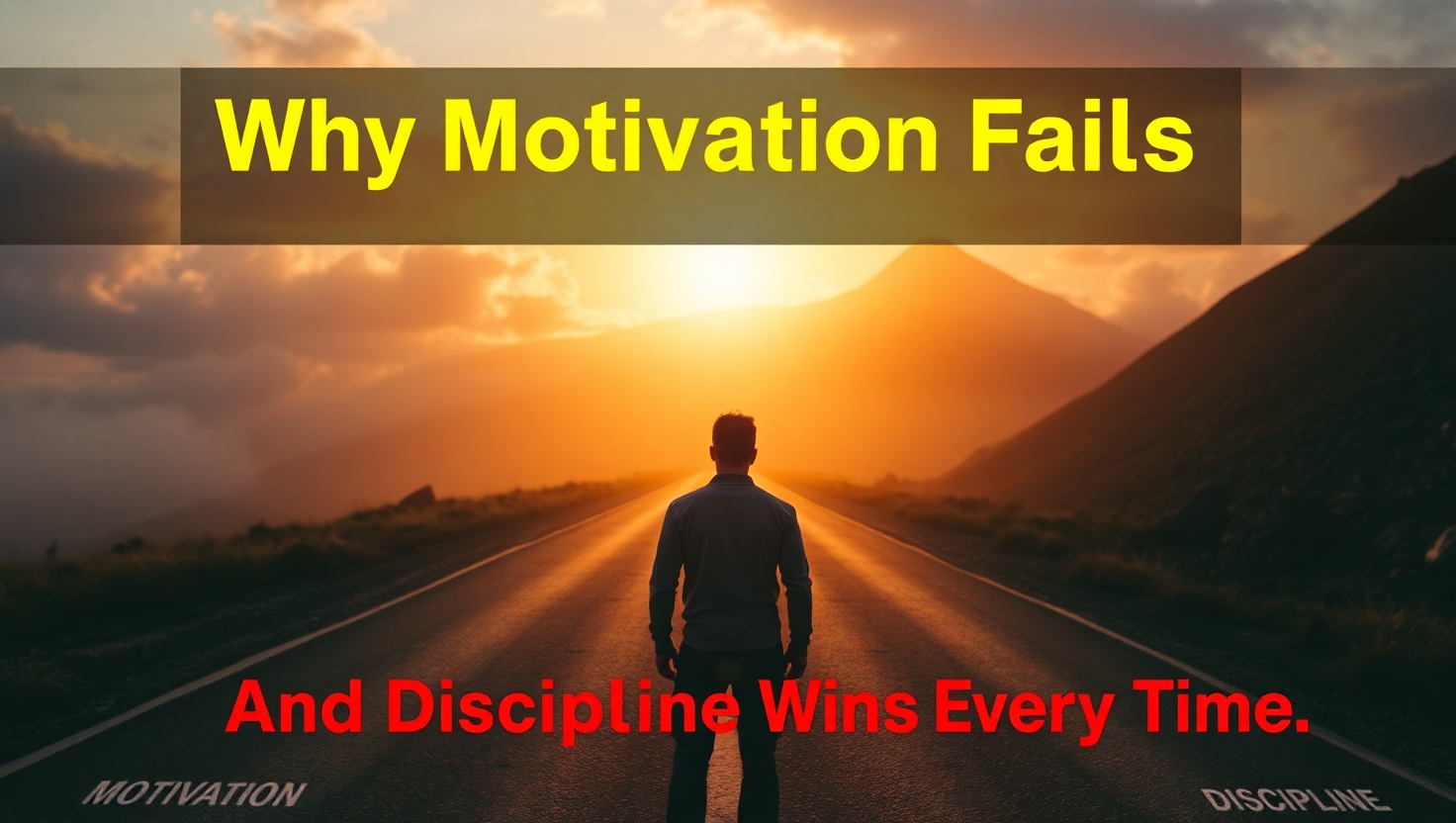
Why Motivation Fails And Discipline Wins Every Time
We all love the feeling of motivation—that surge of energy, that rush of inspiration that makes everything seem possible. But here’s the problem: motivation is unreliable. It’s emotional. It comes and goes. And if your goals rely on you “feeling like it,” you’re already in trouble.
Read Full Article
Discipline Over Desire
Desire is loud. It burns bright, talks fast, and loves to dream. But desire alone doesn't achieve much. Every person has desires. Very few have the discipline to bring them to life.
Read Full Article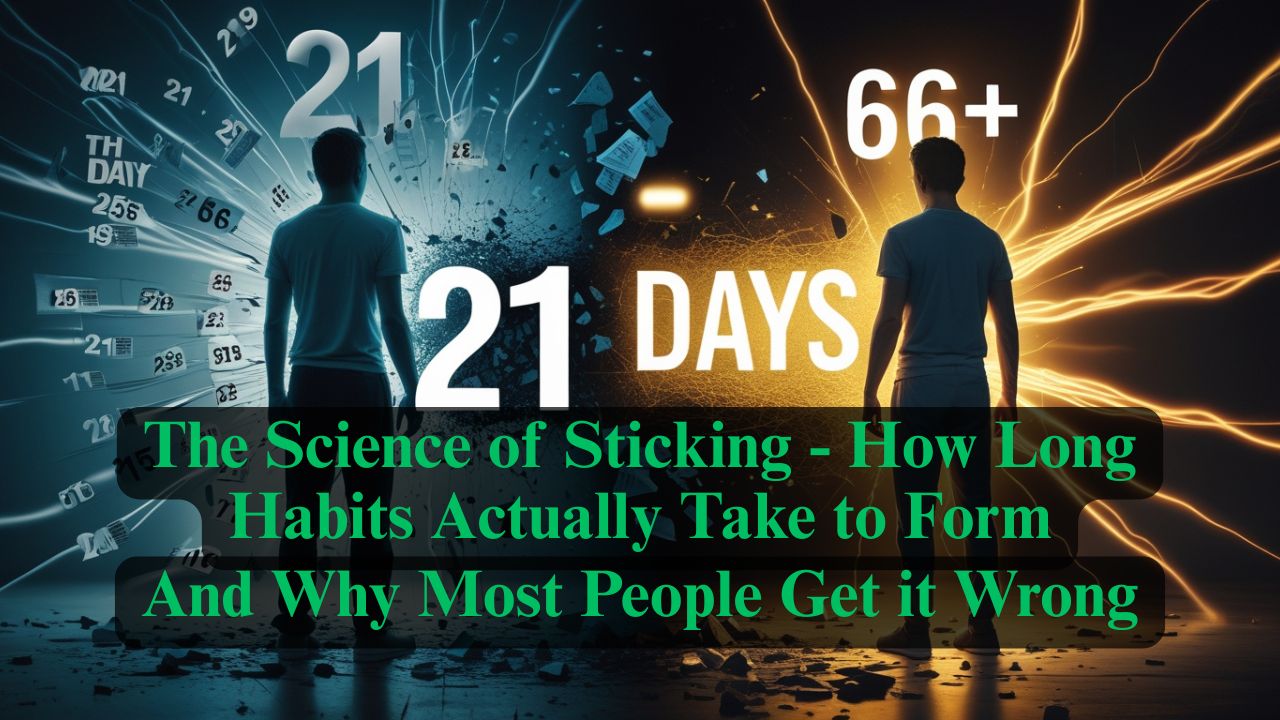
The Science of Sticking
If you've ever tried to build a new habit, you've probably heard that it takes 21 days. This number gets thrown around so often that it feels like scientific fact.
Read Full Article
The Stacking Strategy
What if I told you that the habits you already have—even the ones you consider "bad"—could become the secret weapons for building the habits you want?
Read Full Article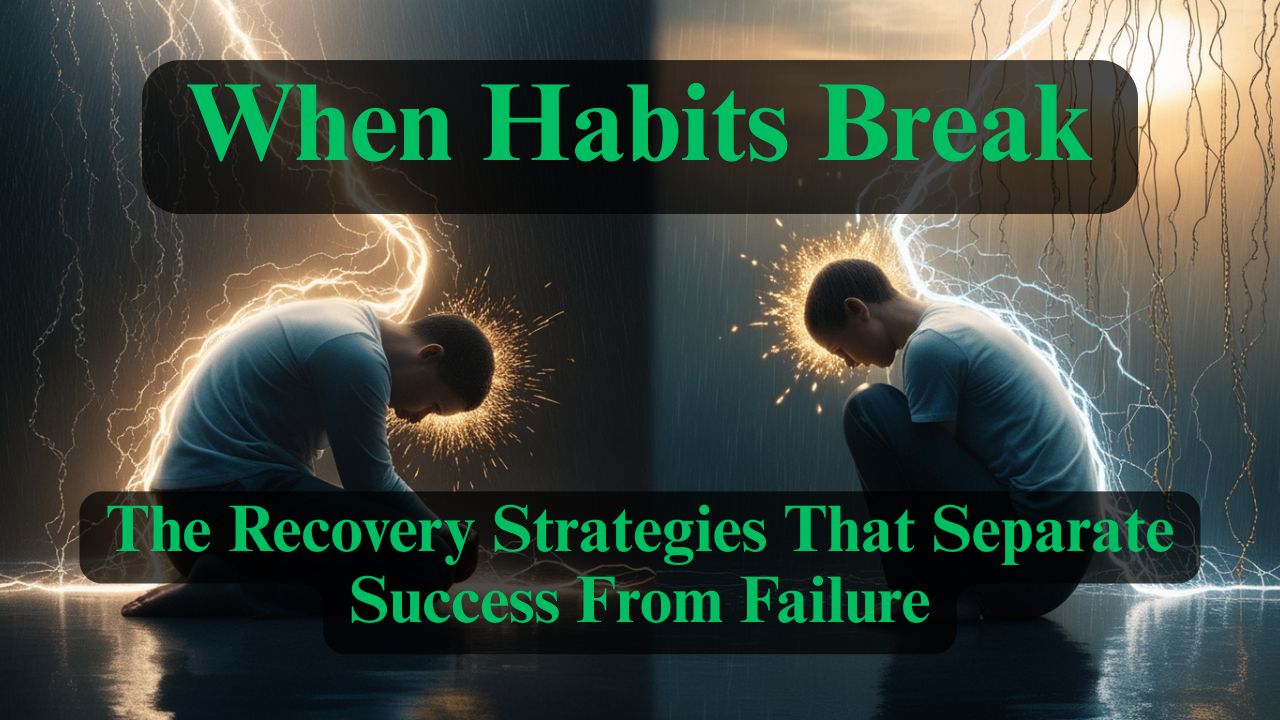
When Habits Fail - The Recovery Strategies That Separate Success From Failure
Here's what nobody tells you about building habits: you will fail. You'll miss days. You'll fall off track. You'll have weeks where everything falls apart.
Read Full Article
The Ultimate System - Designing a Life Where Good Habits Are Inevitable
You've learned to recognize habits, understand their formation timeline, stack them strategically, and recover from setbacks.
Read Full Article